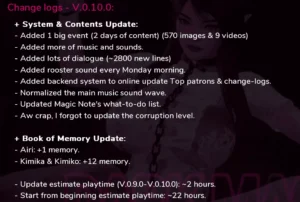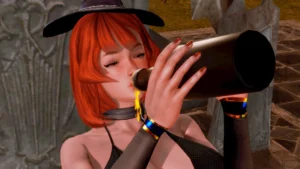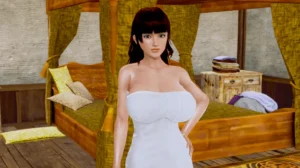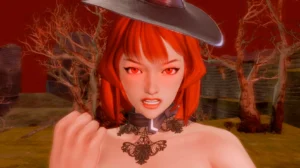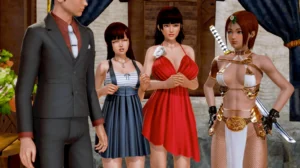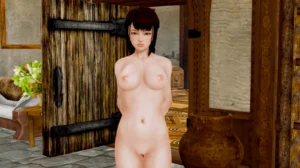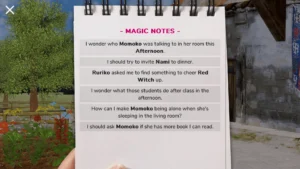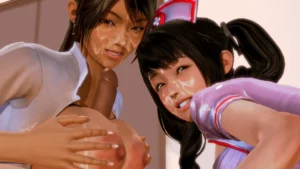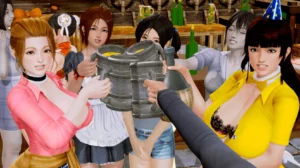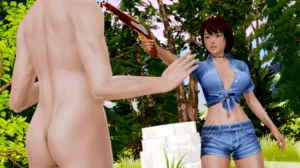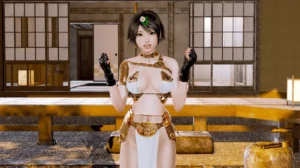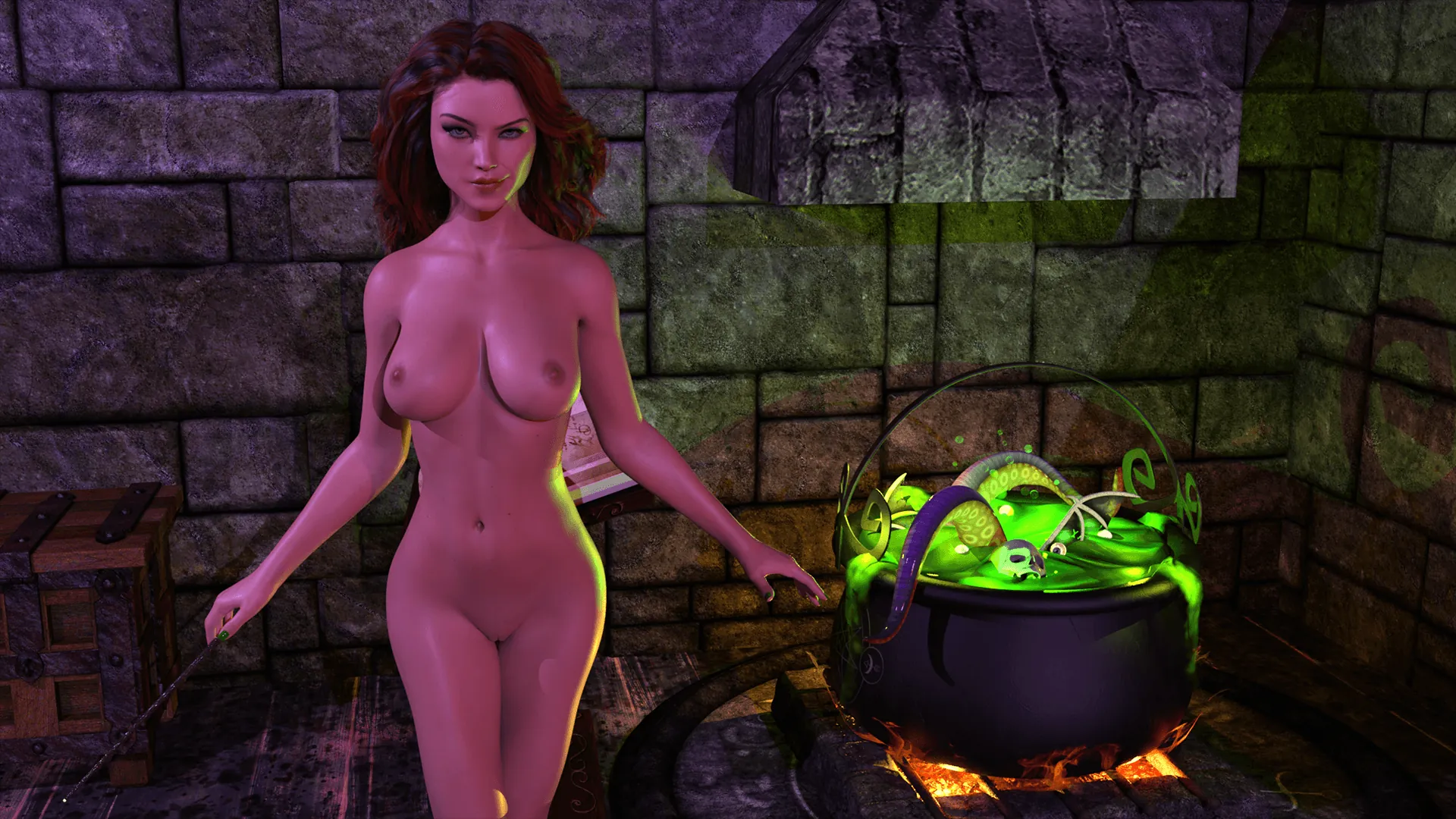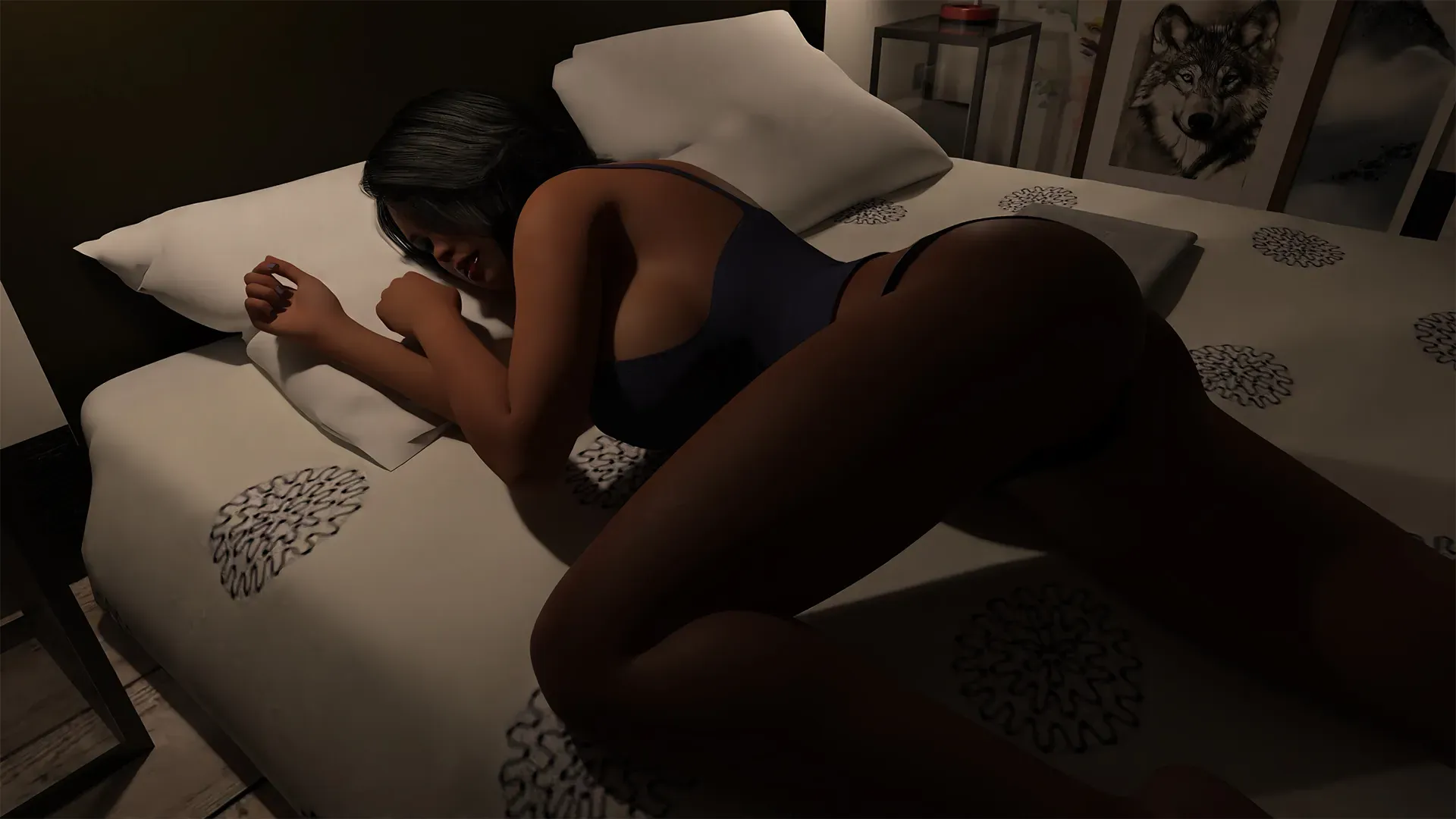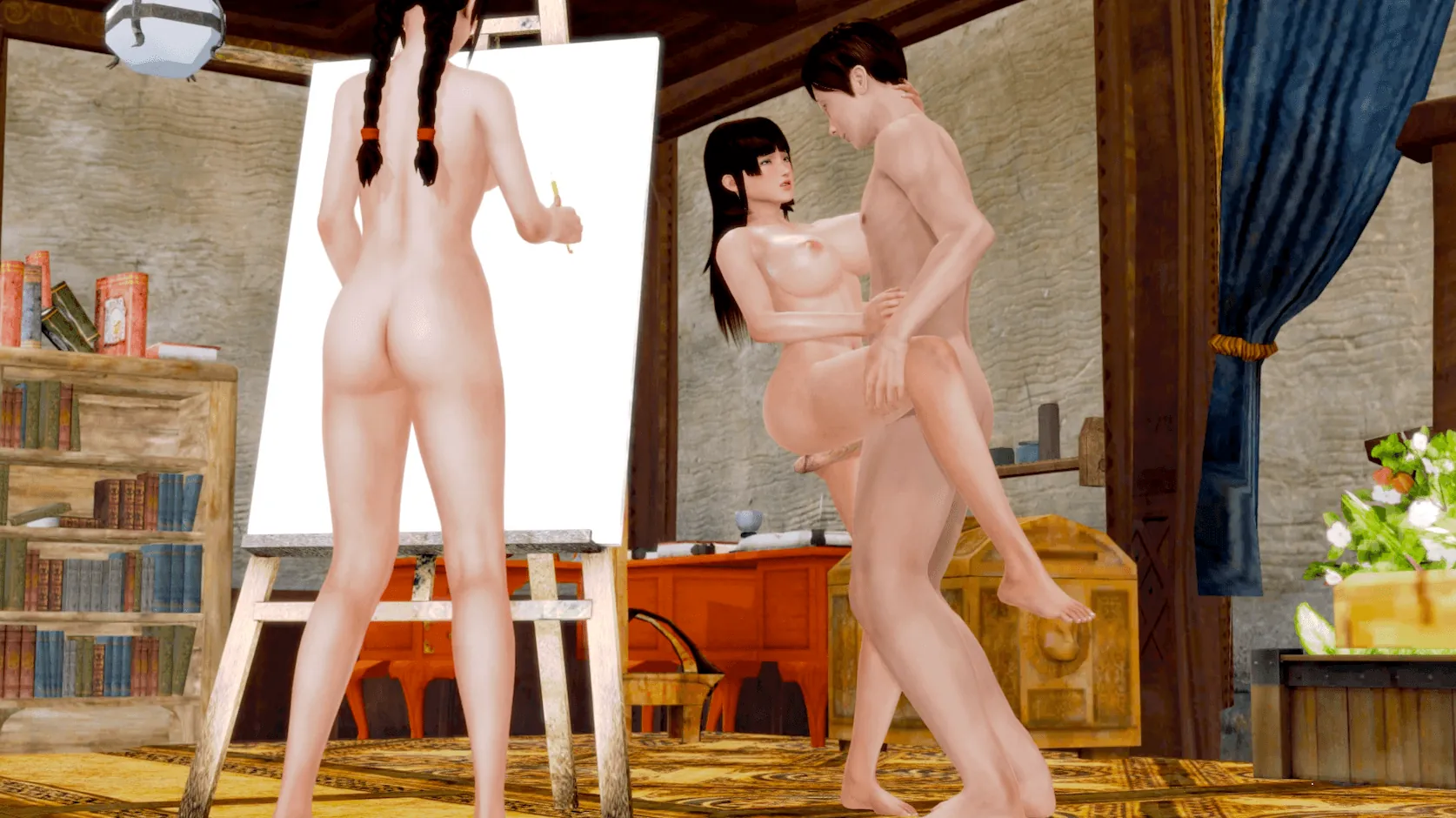
Dark Magic
Play Dark Magic
Dark Magic review
Unveiling the mechanics, lore, and controversies behind the cult-classic dark fantasy experience
The gaming world’s most controversial dark fantasy title continues to spark debates years after its release. This deep dive examines how ‘Dark Magic’ masterfully blends occult themes with visceral gameplay systems while navigating the tightrope between artistic vision and mature content. Through its innovative spell-casting mechanics and morally complex storytelling, the game creates a haunting experience that lingers long after the controller is set down.
Arcane Gameplay Systems and Occult Mechanics
The Alchemy of Combat: Spell-Weaving Mechanics
Picture this: you’re knee-deep in a crypt, shadows writhing like living things, and a bone-chilling howl echoes through the chamber. Your fingers dance across the controller, tracing a jagged sigil in the air. A burst of violet flame erupts from your palms, incinerating the ghoul lunging at you. 💥 This is occult spell mechanics in action—a system so visceral, it feels less like button-mashing and more like conducting forbidden symphony.
The game’s magic isn’t about memorizing hotkeys. Instead, you weave spells through gesture-based inputs. Want to summon a spectral blade? Flick the right stick in a crescent moon pattern. Need a shield? Draw a hexagon with precise timing. It’s equal parts rhythm game and arcane artistry, rewarding practice with jaw-dropping power—and punishing sloppiness with catastrophic backfires (trust me, setting yourself on fire once is enough to learn).
But here’s the kicker: your moral alignment system directly warps how these spells behave. That healing incantation? If you’ve been dabbling in blood rituals, it might morph into a vampiric drain instead. Choices matter, and the game doesn’t hand-hold. I once “accidentally” turned a friendly NPC into a pile of ash while trying to light a campfire. Whoops. 🔥
| Spell Type | Gesture Input | Gameplay Impact |
|---|---|---|
| Combat | Zigzag motion | High damage, drains sanity |
| Utility | Spiral + hold | Creates barriers, slows enemies |
| Transformation | Figure-eight loop | Morphs terrain, alters puzzles |
💀 Pro tip: Master the “chaos flick” (a quick diagonal swipe) for emergency crowd control. Just don’t blame me when the sanity meter consequences start creeping in.
Moral Ambiguity in Character Progression
Let’s get real: most games treat morality as a binary “hero vs. villain” slider. Not here. The moral alignment system is a murky swamp where every choice stains your soul—and your dark magic skill tree. Will you sacrifice a village to unlock a devastating curse? Or spare them, clinging to your humanity while enemies outpace your power?
I learned this the hard way. Early on, I opted for a “nicer” skill path, avoiding overtly grim abilities. Big mistake. By mid-game, I was getting steamrolled by bosses while my spells fizzled like wet fireworks. 🎇 Reluctantly, I dipped into necromancy… and suddenly, my undead minions were trivializing fights I’d struggled with for hours. But my character’s reflection in pools? Now that was nightmare fuel.
The dark magic skill tree isn’t just about power—it’s a philosophical fork in the road. Branches like Soulbinding and Veil Piercing aren’t labeled “good” or “evil.” They’re tools, each with narrative ripples. One playthrough, I maxed out blood magic to resurrect a fallen ally… only to watch them betray me later, their free will eroded by my meddling. 🩸
“Power demands sacrifice, but the currency isn’t always clear. Sometimes, you pay in ways you never anticipated.”
Environmental Storytelling Through Ritual Spaces
Ever stumbled into a crumbling temple and felt the air thicken? That’s the game whispering its secrets through ritual puzzle solutions. These spaces aren’t just eye candy—they’re narrative time capsules. Rotate moon dials to match constellations etched by cultists centuries ago, or arrange bone fragments to replay a martyr’s final moments.
One puzzle had me reconstructing a shattered altar using clues from faded murals. As I pieced it together, ghostly echoes revealed how the original worshippers were massacred—by their own deity. 😱 The solution? Offer my own blood to complete the ritual, unlocking a brutal spell but permanently scarring my character’s arm.
These spaces also double as progression gates. That locked door covered in eyes? You’ll need to master occult spell mechanics like terrain manipulation to bypass it. Or, if you’re feeling cheeky, exploit the sanity meter consequences by purposefully overusing magic. Sure, your screen might start bleeding static, but hey—those eldritch whispers do give great hints.
🕯️ Case study: In the Sunken Cathedral, I spent 45 minutes stuck on a light-refraction puzzle. Turns out, the “solution” was to extinguish all flames, plunging the room into darkness. The game rewarded me with a haunting choir melody… and a boss fight against the shadows I’d unleashed.
Whether you’re a spell-slinging virtuoso or a cautious dabbler, this game ensures every choice—from the way you cast to the lore you uncover—carries weight. Just remember: in a world where magic eats at your mind, sometimes the smartest move is to step back… and let the darkness win. 🌑
This dark fantasy masterpiece continues to challenge players with its unflinching exploration of occult power dynamics. Its innovative fusion of ritualistic gameplay and morally complex storytelling sets a new benchmark for mature-themed gaming experiences. For those ready to confront its haunting visions, the game offers unparalleled depth – begin your descent into its arcane world today.

